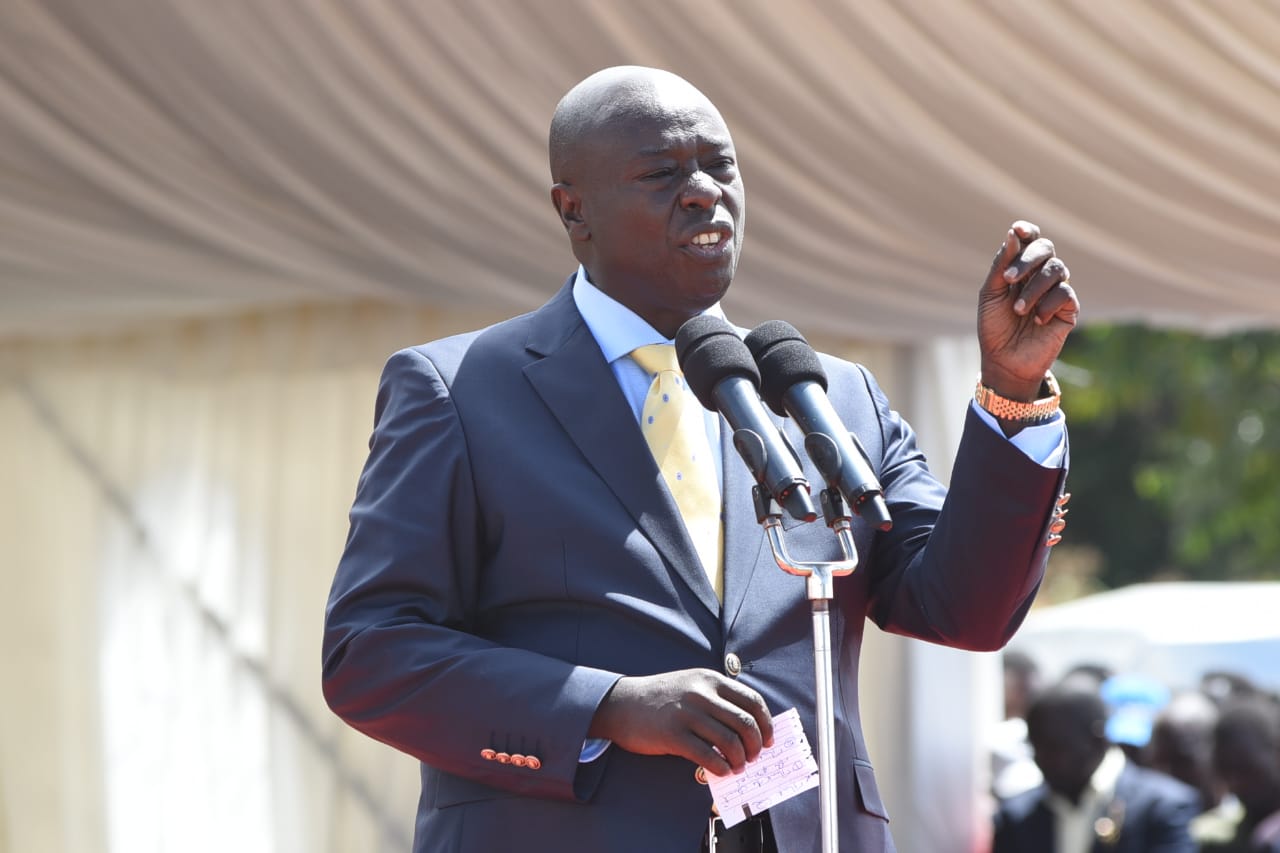Kabarole earmarks over Shs800m for safe water

Locals of Kijura Town Council in Kabarole District fetch water from an open water source point last week. Photo/ALEX ASHABA
What you need to know:
- The district water officer, Mr Bruno Basudde, says 75 percent of the resources would be spent on development, 15 percent on rehabilitation and 10 percent on service investment.
- 27% safe water: Ministry of Water data shows that 27 percent of people fetch water from protected springs, 58 percent from shallow wells, 4 percent from boreholes, and 12 percent from public taps.
Authorities in Kabarole District have earmarked Shs843.4 million for the extension of safe water.
This comes after residents raised concern about shortage of clean water, saying they had resorted to fetch water from unprotected water sources.
According to the district water officer, Mr Bruno Basudde, access to safe water in Kabarole is at 78 percent but some communities’ access to safe water stands at 7 percent in Kijura Town Council, 37 percent in Karangura Sub-county, 48 percent in Harugongo, which are densely populated.
Mr Basudde last Wednesday said the boreholes in the aforementioned sub-counties that were drilled more than five years ago, have since broken down, forcing locals to trek long distances in search of water.
He said 75 percent of the resources would be spent on development, 15 percent on rehabilitation and 10 percent on service investment.
“Most of the areas are water-stressed because of topography that is mountainous and we find it hard to have one water system serving more than two zones. We are going to use more technology to serve people with safe water,” he said.
How the money will be utilised
Mr Basudde said they have secured Shs270 million to construct the seven-kilometre Busaiga water supply system for communities in Harugongo Sub-county.
Another Shs44 million would be spent on the construction of a two-kilometre water system from Kinyaibumba to Munihya communities.
In Rwagaju Sub-county, Shs49.5 million will be spent on the extension of water to areas of Nturo, Kyamazima, and Kanyakukuru.
The district will spend Shs31.5 million on the rehabilitation of gravity flow scheme in Karangura Sub-county while Shs44 million will be for rehabilitation of other water points.
Mr Basudde said the district is also seeking Shs25 million to construct a water source point in Igongonya Village in Kijura Town Council to serve more than 400 people from three villages.
Mr Peter Baluku, a resident of Nyakitokoli Village in Karangura Sub-county, on Monday said the available water sources serve a small population.
“Lack of safe water for drinking is the biggest challenge that we face in the entire sub-county. It has been going on for years and our leaders keep on promising yet our area has many water streams where they can generate water from,” he said.
Kabarole has a total of 1,137 domestic water points which serve a population of 266,454 in urban areas and 183,175 in rural areas.
In 2018, the district launched the Water, Sanitation and Hygiene (WASH) Master Plan with the aim of improving access to safe water, sanitation and hygiene for all by 2030.
However, with eight years to reach 2030, the district authorities are still struggling to improve sanitation and access to safe water, especially in rural areas.
Mr Martin Watsisi, the regional WASH officer for International Water and Sanitation Centre (IRC), said to achieve 100 percent access to safe water and sanitation, Kabarole will be required to make an investment of $24.1m (Shs91.76b) for water and $48.1m (Shs183b) for sanitation over the years leading up to 2030.
Mr Watsisi said the IRC January report indicates that hand hygiene is 47 percent.
The data also shows that the central government has supported the district to extend water to communities by 10 percent, local government 38 percent while NGOs by 45 percent.




